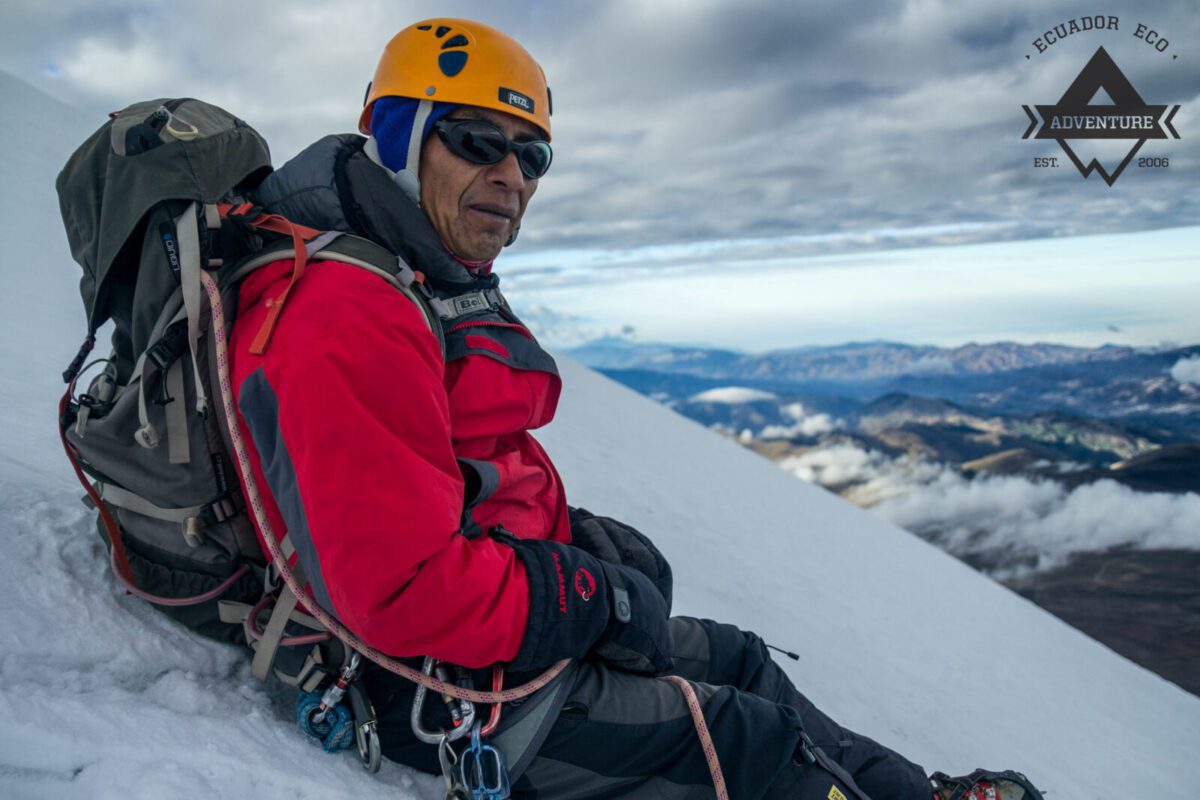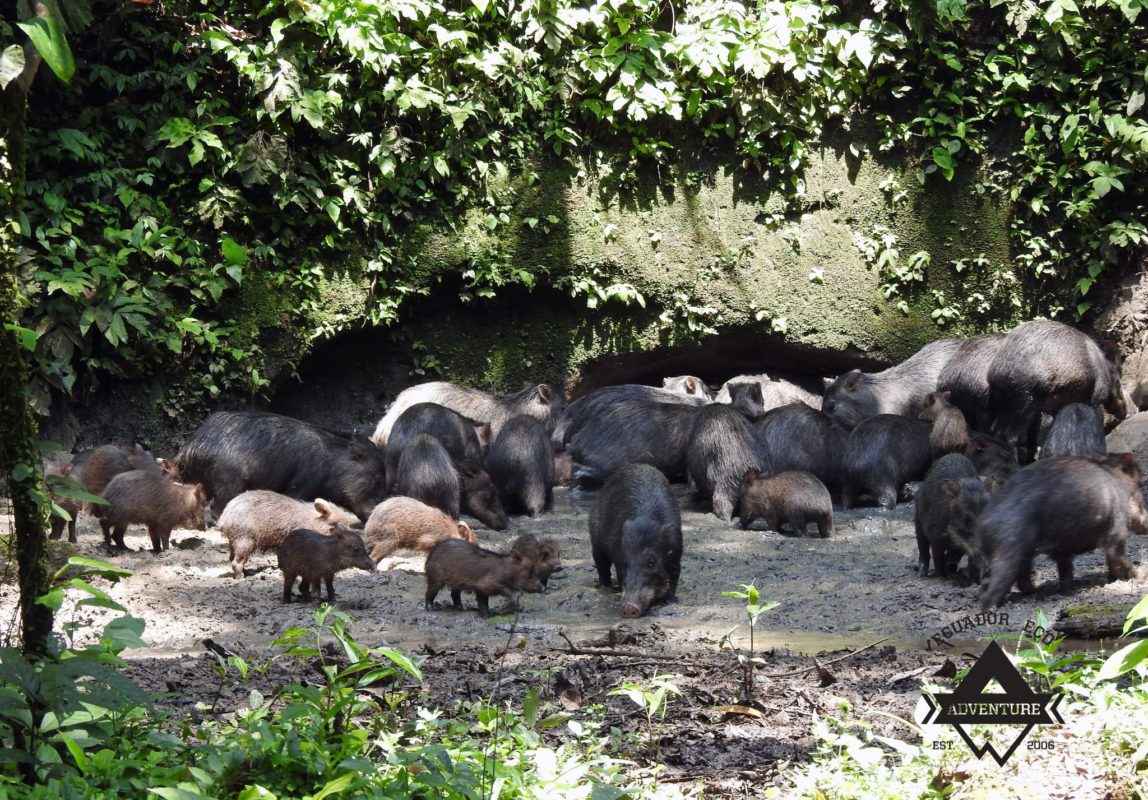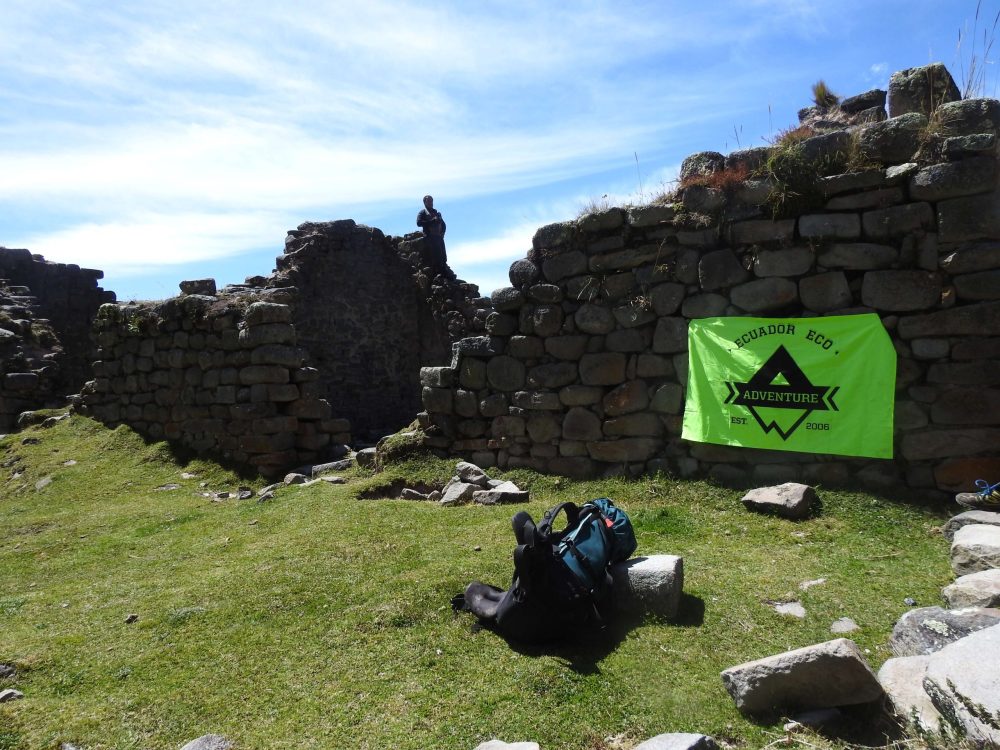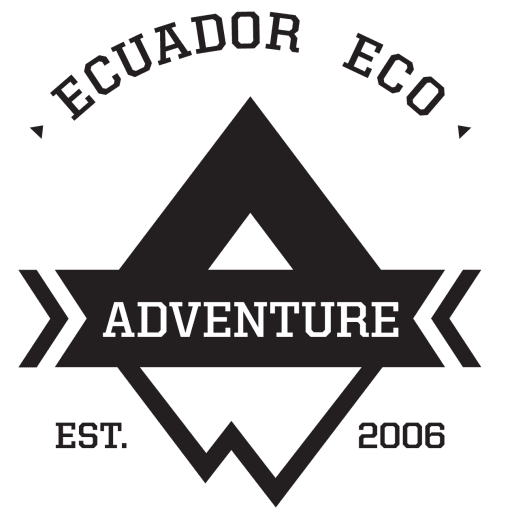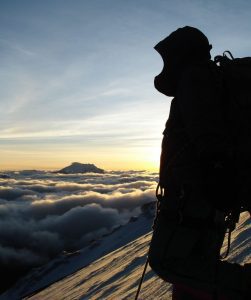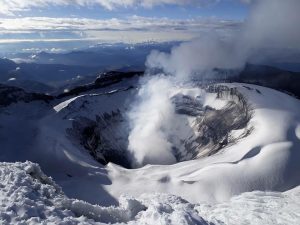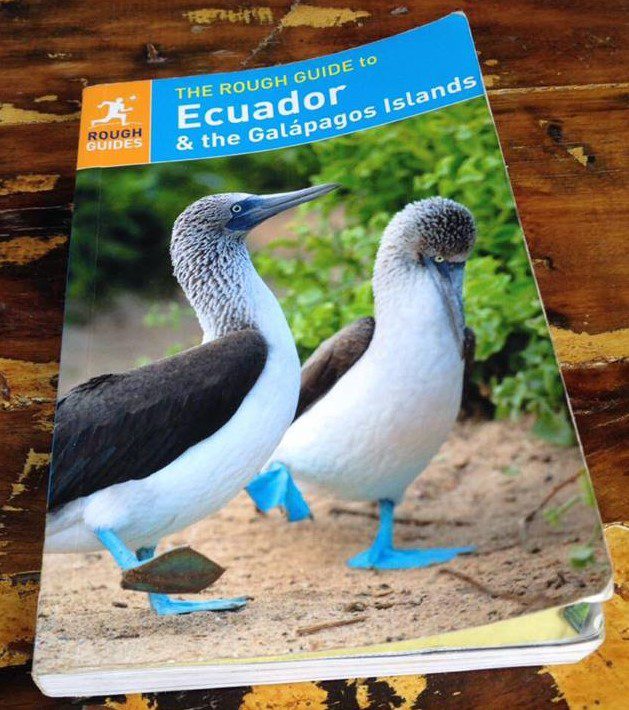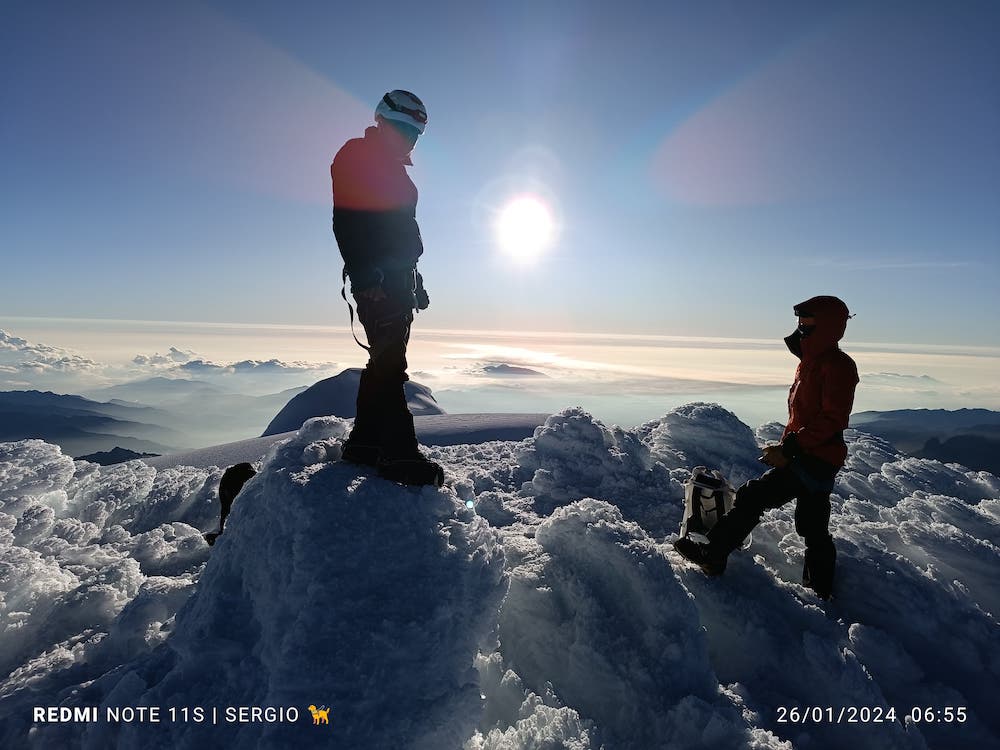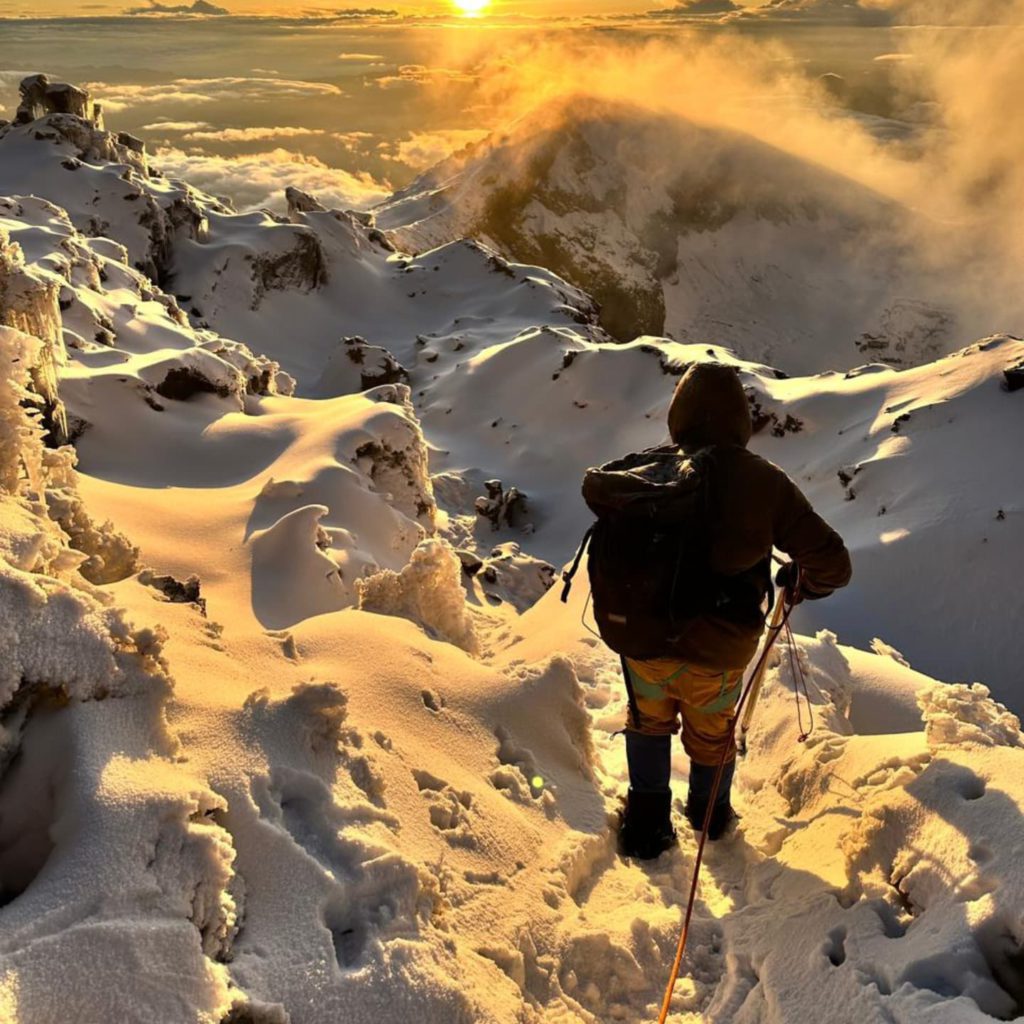Climb Cotopaxi Volcano in Ecuador
The Cotopaxi climb holds special significance among mountain climbers across the world for several reasons. Firstly, it is widely favored among climbers in Ecuador and the Andes due to its accessibility, attracting both seasoned mountaineers and novices alike because the entrance to Cotopaxi National Park is short drive from the Panamerican highway. Moreover, The uniqueness of the Cotopaxi climb is amplified by its volcanic nature. As an active volcano, Cotopaxi offers climbers the opportunity to conquer not just a mountain but a dynamic geological monolith with breathtaking views of the crater at its summit. The conical shape of Cotopaxi resembles the symmetrical cone of Japan’s renowned Mount Fuji–but at 5,900 meters it is over 2,000 meters taller–and the volcano often influences weather patterns, adding an element of unpredictability and adventure to the climb. Overall, the combination of Cotopaxi’s iconic silhouette and the challenges it presents make the climb a memorable and sought-after experience for adventurers.
The availability of multiple routes provides flexibility, enabling guides to select the safest path to climb Cotopaxi based on prevailing conditions. The ascent to Cotopaxi’s summit offers two primary routes starting from the Jose Rivas refuge: the Yanasacha route and the Heartbreaker. While Cotopaxi is considered a non-technical climb, it is mandated by law that climbers are accompanied by a certified Mountain Guide to reach the peak. Guides select the route on the day of the climb, carefully assessing the conditions to ensure the safest and most enjoyable journey to the summit.
Safety, Guides, Climbing Equipment, and Mountain Weather:
Our guides have all of the necessary safety accreditations as well as hundreds of hours of experience climbing Ecuador’s two most popular peaks Chimborazo and Cotopaxi.
Our mountain climbing equipment is modern and almost brand new – we have multiple sizes for mountain climbing boots and warm jackets designed for high-altitude.
The weather on Mount Chimborazo is unpredictable but we will try to give you as accurate information as possible on weather forecasts as well as information on how many successful ascents there have been in the previous weeks.
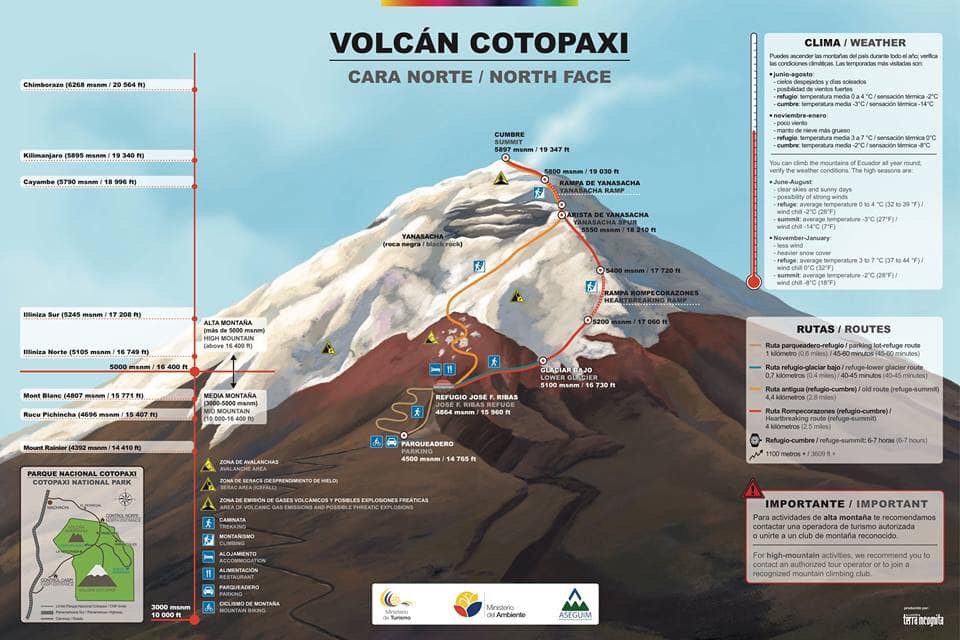
Refuge Jose Rivas is located at 4860 m on Mount Cotopaxi
Dinner at the refuge and snacks and drinks during the climb *Please tell us if you are a vegetarian
If something goes wrong on the mountain the insurance pays for a rescue team, first aid, and an ambulance to the hospital.
Insurance is included on the tour which covers you for rescue and first aid on the mountain as well as the ambulance to a hospital in Riobamba which is where your travel insurance will take over.
Transport to and from Mount Cotopaxi is provided from the cities of Quito or Riobamba, the climbing capital of Ecuador
Entrance into the Cotopaxi National Park is included. This helps the park rangers take care of the park
Below is a list of mountain climbing equipment that we provide for high-altitude climbs.
Extra snacks and drinks can be purchased at High Camp for a reasonable price
Climb Cotopaxi Costs
This is a complete gear list you need for climbing Ecuador's peaks:
✓ Mountaineering boots
✓ Crampons
✓ Gaiters
✓ Inner thermal pants
✓ Outer waterproof pants, or soft shell pants
✓ Polar Fleece Jacket
✓ Down Jacket
✓ Waterproof jacket
✓ Warm hat and buffs
✓ Inner gloves
✓ Outter gloves or mittens
✓ Helmet
✓ Headlamp
✓ Harness
✓ Ice Axe (Piolet)
✓ Sleeping bag
✓ Back pack 35-45 lt
✓ Sun glasses or googles
Ecuador Eco Adventure can provide free of charge the following items:
✓ Mountaineering boots
✓ Crampons
✓ Gaiters
✓ Mittens
✓ Harness
✓ Ice Axe
✓ Helmet
✓ Sleeping bags
✓ Duffel bag to carry gear.
Clients can rent the following at $10 per item:
✓ Headlamp
✓ Trekking poles
Climbing Gear and Equipment
The gear and equipment required for the climb are essential for the success of the climb. As part of our due dilligence, we ensure our clients are equipped with the appropriate gear for the climb, including warm clothing, climbing boots, crampons, ice axes, helmets, and climbing harnesses. Ecuador Eco Adventure is sponsored by Black Diamond Equipment and our alpine gear to Climb Cotopaxi is high quality.
INQUIRIES AND BOOKINGS
Advice for Climbing Mount Cotopaxi
Climbing Mount Cotopaxi in Ecuador is an exhilarating and challenging adventure that requires a lot of preparation to ensure the safety and success of the climbers. As a tour operator, it is our responsibility to make sure that our clients are equipped with the necessary knowledge, gear, and physical fitness to take on the mountain.
Mount Cotopaxi stands at 5,897 meters, which makes it one of the highest peaks in Ecuador. Climbing such a high altitude requires a high level of physical fitness, and the client must be in good health to attempt the climb. It is important to ensure that the client is physically fit and able to handle the altitude, cold weather, and steep terrain.
Acquiring Necessary Permits: Mount Cotopaxi is a protected area, and climbers require a permit to climb the mountain. As a tour operator, it is our responsibility to acquire the necessary permits for our clients. We must also ensure that the clients are aware of the rules and regulations of the park and abide by them during the climb.
Acclimatization: Acclimatization is an important aspect of preparing for the climb. The body needs time to adjust to the altitude, and climbers must spend several days acclimatizing before attempting to reach the summit. Consider checking out our guided trekking for the El Altar Trek or Ecuador Inca Trail.
Hiring Local Guides: Local guides are essential for the success of the climb. As a tour operator, we hire experienced local guides who are familiar with the mountain and its terrain. The guides provide valuable information about the climb, the weather conditions, and the best routes to take. They also ensure the safety of the clients during the climb.
Frequently Asked Questions
LEAVE NO TRACE
We ensure that our clients adhere to Leave No Trace principles which includes packing out all trash and waste and leaving the mountain in its natural state to keep our peaks and paramos clean for the pachamama.
SMALL FOOTPRINT
Keeping a small footprint often means not disturbing the local wildlife by admiring native animals from a distance. Our guides are all budding naturalists at heart and passionate about Ecuador's unique biodiversity.
ASEGUIM CERTIFIED GUIDES
Our highly experienced Andes mountain guides are certified by the Ministries of Tourism and Environment as well as the Asociación Ecuatoriana de Guías de Montaña (Ecuadorian Association of Mountain Guides - ASEGUIM)
Acclimatise with Ecuador Eco Adventure
Trekking at altitude will increase your chance of reaching the summit
Testimonials
El pasaje es inmejorable! El domo en condiciones perfectas y a los pies del taita Chimborazo! Para hospedarse aqui tiene que gustarte mucho el frío. La atención de los anfitriones es estupenda y 100% recomendable!Rubén
The Chimborazo Basecamp is a unique place in the foothills of Chimborazo All was very good. The space is wide, the bed is comfortable, it has a good view and the location is very good! Lugar único en las faldas de Chimborazo Todo estuvo muy bien. El espacio es amplio, la cama es cómoda, tiene una buena vista y la ubicación es muy buena!Paulina
INQUIRIES AND BOOKINGS
